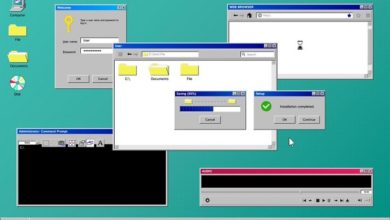
The abbreviation of LEI stands for Legal Entity Identifier. LEI is a unique alphanumeric code including 20 characters. The International Organization of Standardization (ISO) has generated this LEI code established on the IOS 17442.
The LEI code is obtained by all the entities which deal in financial markets (forex, futures, bonds, stocks, etc.). This code is essential to attach the financial markets, companies, and regulators. The worldwide financial problem of the year, 2007-08 has given rise to the need for financial transactions clearness.
Each LEI code comprises vital information about an entity’s ownership structure. Thus it is capable of responding to questions like who is who and who owns whom. Possessing an LEI code is a must as the LEI data works as a global directory, which assists in enriching transparency in the global marketplace. To sidestep the financial risk to individuals and business identity it is better to obtain the lei code, this offers trade reliability. see the offer here.
One can acquire an LEI code by following these steps:
- Document list
First of all, log on to the online portal and get entry to the downloads tab. The checklist of the needed documents with the specific formats essential for the submission is available there only. These are founded on the legal structure of the entity.

- Self-registration on the online portal
A person must be designated as an authorized person to carry out and look over the whole process of acquiring the LEI code. Only this authorized person can make an account, provide his official email id and move to fill up the necessary online forms.
The LEI registration form consists of 5 pages that also include a payment gateway too. These pages are:
- Company information page
- Holding company page
- Ultimate parent page
- Payment page
- Upload page
- Submission of the documents
After the self-registration procedure, the applicant entity has to upload all the required documents with are mentioned in the received email. The measure of the documents that should be uploaded must be 40MB. If the documents can not be successfully uploaded then the applicant can send the documents by delivery person to the address of the CCIL office.
- Verification process
Once the documents get successfully uploaded or hard copies are sent physically to the CCIL office. Then, the validation process begins. Here the documents get certified by the
LEIL along with the filled application form. If the LEIL felt critical then they can ask for additional documents too. If LEIL discovered some changes to be made and they are needed. Then they can also direct the entity to make required changes in the application form online.
- Issue of an LEI code
After the successful compliance and verification of the application form and the related required documents the authority issue the LEI code to the entity.
The given LEI code will be further sent to the email address of the entity, and this code must be delivered to the banks.
After some period the applicant requires to renew the code for further use.








DISCLAIMER: The information provided on InvestmentTotal.com is for general informational purposes only. The content on this website is not intended to be, and should not be construed as, professional financial advice.